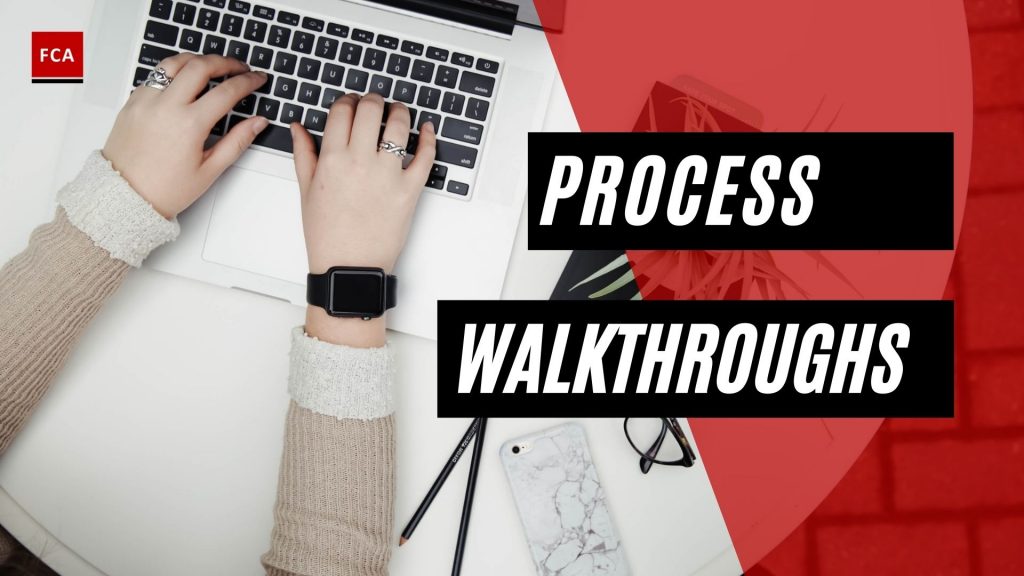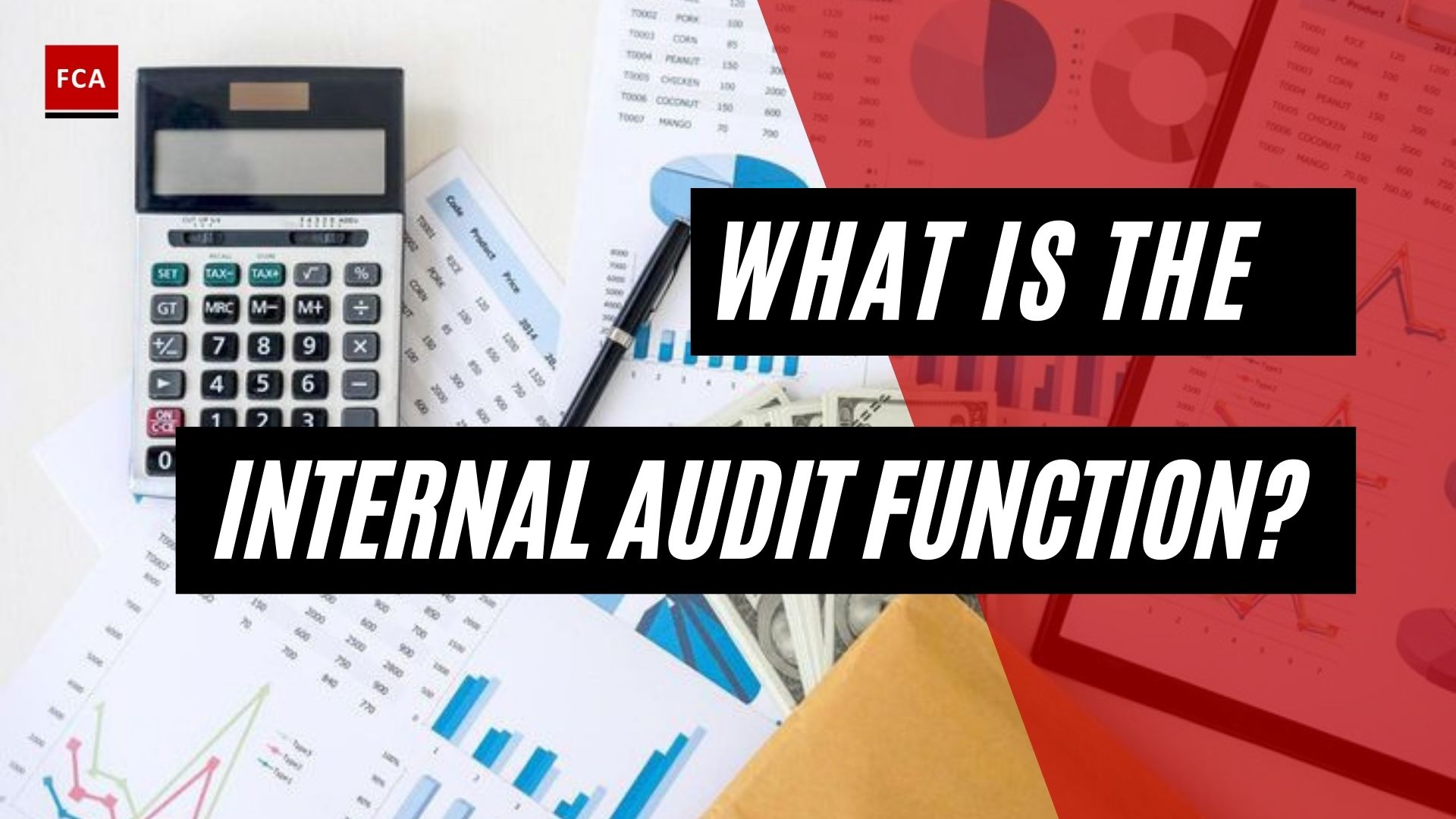Process walkthroughs are step-by-step demonstrations or explanations of a process or task conducted by the process or task owner in the presence of the internal auditor. Internal auditors use walk-throughs to better understand a process flow and to verify the original state of controls in an organization, which controls are included in normal activities, and which controls are effectively executed in the real world.
Understanding The Process Walkthroughs
To obtain a complete understanding of the walkthrough it is necessary to shed light on flowcharts as well. Next to personal inspection, process documentation is most achieved through the use of flowcharts. A flowchart is a graphical representation of the actual or ideal path followed by any service or product. It provides a visual sequence of the steps in a process, illustrates the relationship between parts, and identifies what the process does or should do.
Flowcharts can be created in a variety of ways, from highly informal pencil drawings on scraps of paper to technically sophisticated computer graphics. One effective way to construct a flowchart is to gather all stakeholders in the process together to identify the steps.
Each step can be described on a post-it note, and the notes can be arranged and rearranged to create a map of the sequence all can agree upon. Flowcharting software ranges from Microsoft Word or Excel (which include standard flowcharting symbols) through various graphics programs to specialized charting applications such as Microsoft Visio, Smart Draw, E draw, and numerous others.
The auditor can develop a flowchart of any process from the process of the audit itself to the processes to be audited. In any case, the benefits are the same. Drawing out each step of a process provides an easy-to-follow, start-to-finish map. When each proposed or existing step has been placed on the “map,” the auditor and other reviewers can more readily assess which steps are crucial, which can be omitted, and which should be sequenced differently as well as identifying places where new steps should be added.
Flowcharts have multiple uses including developing processes, refining processes, and auditing processes among them. In the process of creating the flowchart, participants may discover points of weakness in controls such as lack of supervision, assignment of responsibilities to the wrong level of the organization, failure to segregate functions to avoid conflict of interest, and so on. In other instances, participants may all agree that a flowchart provides an accurate description of what happens, but when comparing it against field observations the auditor may find that it does not reflect what happens.
Flowcharting a process helps to provide a complete picture of what is happening in the process from beginning to end, including the control points. A flowchart eliminates abstractions about how workflows through a system.
During the planning phase of an engagement, internal auditors may review existing flowcharts, or they may prepare new flowcharts.
When reviewing an existing flowchart, an internal auditor can make a preliminary assessment about the identification of risks, the adequacy of controls, or if there are unnecessary controls in the process. The internal auditor should also verify that the flowchart is current and accurately reflects the process. The reality is that processes change but flowcharts are not always updated.

Coming back to the walkthroughs, the following help in terms of the revelation of the root cause of a control weakness can be obtained from walkthroughs:
- Revelation 1: The employee is not executing the control, the root causes can be that he has an incomplete understanding of the control procedure, or he is deliberately omitting the control due to time or cost. The potential recommendation of this can be to conduct better training and report the issue to the management.
- Revelation 2: The employee performs the control correctly despite evidence of control failures, the root cause can be that he does not usually perform the control and is doing only when being observed. The potential recommendation can be to discuss the problem with the local management.
- Revelation 3: The employee is attempting to execute the control but is not following the proper procedure. The root cause can be the employee has an incomplete understanding of the procedure or deliberately is modifying it or the procedure does not work well in practice, the potential recommendation could be that the control is redesigned or revised with worker input to be more effective and efficient.
Separating failures in the design of controls from failures in their execution can help internal auditors add value. When employees are better educated on controls, they will be more proactive in implementing them. When controls are designed more effectively, especially when the worker participates in the design of procedures, it reduces worker frustrations, promotes buy-in, and helps motivate good behavior.
Final Thoughts
Walkthroughs are comprehensive reviews of transaction cycles from beginning to end. You begin at the beginning of a transaction cycle (usually with a source document) and work your way to the end (usually posting to the general ledger). The auditor is learning how a transaction moves through the accounting system and about related internal controls.









